Ice Gel Packs
Gel packs are one of the most efficient products for the application of heat and cold therapies. These therapies are ideal for the treatment of various ailments and injuries in different parts of the body, so that thanks to them you can have a much faster and more pleasant recovery and rehabilitation process. There are several types of cold gel-filled compresses, and below you will find out the best uses and benefits.
The best reusable hot and cold gel packs
-
Gel Eye Mask for Puffy Eyes (Gold/Black)
$11.95 -
Gel Eye Mask for Puffy Eyes (Orange/Pink)
$11.95 -
Gel Eye Mask for Puffy Eyes (Purple/Turquoise)
$11.95 -
Ice Pack for Foot - Cold Therapy Socks (Black)
$24.95 -
Ice Pack for Foot - Cold Therapy Socks (Green)
$24.95 -
Ice Pack for Foot - Cold Therapy Socks (Pink)
$24.95
Latest reviews
What are hot/cold gel packs and what are they for?
Types of gel ice packs for freezing and microwaving
- Reusable: These compresses can be used as many times as you want, as the gel is inside a resistant bag that withstands hot or cold temperatures without deteriorating easily.
- With compression strap: They have an elastic strap that allows them to be attached to the part of the body where we want to use them, so that they provide a more comfortable experience for the user and also benefit from the use of compression therapy.
- Extra large for legs and back: These are large in size to cover larger leg muscles such as the hamstrings, quadriceps or large sections of the back. Due to their size, they are only recommended for cold use.
- For joints: This type of cold pack has ergonomic designs that fit perfectly to the elbow, ankle and knee joints, and thanks to the elastic compression strap they hold perfectly to the area.
- For neck and shoulders: Since both joints have special shapes and locations, there are anatomically designed gel packs for these delicate joints. Neck gel packs function like a neck brace, while shoulder gel packs can be shaped like a shoulder pad.
- Children's for children: These pouches are designed in fun, child-friendly shapes so that they not only serve a therapeutic function, but also entertain and amuse children while they are using them.
Health benefits of gel packs for pain relief
- Bumps and bruises: Using cold therapy in these cases will be ideal both to relieve the immediate pain and to avoid the swelling that usually appears right after a blow.
- Dark circles, blepharitis and eye bags: A slightly cold compress taken out of the fridge in the shape of an eye mask can be your best ally in combating all these ailments that affect your eyes.
- Sprains and strains: in the first few minutes of these injuries it is essential to have a gel pack fresh from the freezer to combat both inflammation and immediate pain.
- Dislocations: With this injury, some ligaments and muscles will almost certainly suffer damage that you can treat with cryotherapy therapy in the first few minutes to stop the swelling from progressing.
- Muscle contractures: This and other muscle problems can be treated with a gel pack to relax the contracted muscle and reduce muscle cramps and contractures.
- Reduce inflammation: No matter what injury you have, if it starts to swell, quickly resort to a cold gel pack that generates vasoconstriction to reduce the inflammatory process.
- Lower fever: A simple way to reduce a fever is with cold gel packs, which help reduce body temperature if applied to the forehead, armpits or calves.
- Headache: By applying low temperatures to the neck and forehead, the blood supply is reduced, which is beneficial for headaches, headaches and other types of headaches.
- Plantar fasciitis: As it is an ailment caused by inflammation of the fascia, applying an ice pack of gel is ideal for relieving pain in the sole of the foot that appears when walking long distances or standing for long periods of time.
- Fractures: Intense and acute pain caused by a bone fracture can be relieved with the use of these cold packs, they will also reduce swelling so that the muscle adjacent to the fracture is in better condition.
- Sports injuries: Whether it's a sprain, tendonitis or muscle tear, applying a cold gel pack will help relieve immediate discomfort and prevent excess blood pooling during an inflammatory process.
- Postpartum and breastfeeding: Women go through a delicate period after childbirth as they will be in a lot of pain. In addition, breastfeeding is not easy in the first few days and can cause problems ranging from mastitis to sore nipples. For all this, applying cold will help to reduce the pain.
- Postoperative: The first 48 hours after an operation are usually painful, especially around the incision made. Both cold compresses can be applied to minimise swelling and warm compresses can be applied to relax the patient and help them withstand the pain to come.
- Haemorrhoids: When a vein in the rectum becomes inflamed, simply sitting down is painful, but can be relieved with the use of cold therapy using an anti-inflammatory cold gel pack.
- Toothache: For this ailment, which is one of the most intense that we can suffer, especially in children when the first teeth are born, a cold gel compress is the best ally to control these symptoms.
How to use reusable hot and cold gel packs?
Cold therapy
- When to apply cold? Cold can be used on several occasions. The most obvious of these is to quell inflammatory processes and relieve pain caused by sports injuries, contusions and bruises, or other ailments such as migraines, headaches, blepharitis or toothache. It has also been found to be effective in reducing fever and has other beneficial effects such as releasing accumulated tension, stimulating the production of endorphins, oxygenating cells and improving the health and appearance of the skin.
- How to use cold? The use of cold should be done with care, as there is a risk of causing skin burns if applied without protection. For this reason, the ice pack should never be placed in direct contact with the skin, but use a cloth to act as an insulator. Put your gel ice pack in the freezer for at least 1 to 2 hours. When you want to use it, take it out and let it cool down for 5-10 minutes before using it. To improve its effects, we recommend applying 3-4 times a day in sessions of 15-20 minutes each time.
Heat therapy
- When to apply heat? Thermotherapy is ideal for improving blood flow, as it has a vasodilator and calming effect, which makes it an excellent ally for any ailment caused by circulatory problems in the legs or arms. In addition to this, it also has a sedative and relaxing effect which is ideal for stimulating muscle relaxation and helping us to rest better.
- How to use heat? The application of heat should be controlled, always making sure that the heat compress is not too hot, otherwise it can cause burns. Avoid direct contact with the dermis, and do not keep for more than 10 to 15 minutes. Put the heat pack in the microwave for just 15-30 seconds, take it out and move the gel with your hands so that the heat is evenly distributed throughout the product. Before using it on the painful area, check that the temperature is correct with your hands.
Hot & Cold therapy
- When to apply heat and cold? Hot and cold therapy is ideal for treating traumatic injuries, especially in joints. This therapy consists of alternating cold and heat in the same session. It should be applied when you want to activate the autonomic nervous system, stimulate vasoconstriction and vasodilation, reduce inflammation and, above all, to reduce stiffness and joint pain in the first days after an injury.
- How to use hot and cold? The first thing to take care of is the temperature. For heat, the temperature must be controlled so that it does not burn, especially if the patient suffers from conditions such as peripheral venous insufficiency. Similarly, cold can also cause burns, so never apply directly to the skin. Always start with the application of heat for 5 to 10 minutes, then use the cold for the same period of time, and make 2 or 3 more changes. This protocol can be repeated 3 to 4 times a day to enhance its effects. It is ideal if treating a chronic injury that has become recurrent.
Alternatives to hot and cold gel packs
- Instant hot/cold packs: The most economical alternative is the disposable hot/cold packs that are single-use, as they are cheaper. They are ideal for treating one-off problems such as a slight bruise or minor trauma.
- Gel ice pads: These can be reused many times, but they can only be cooled by putting ice in them and can only be used for cryotherapy sessions, as if they are heated, the gel could turn liquid and become useless for maintaining temperatures for long periods of time.
- Instant heat packs: These gel packs can also be an effective alternative for thermotherapy, but like other cheaper options, they can only be used once and can only be used for heating.
- Gel heating pad: This alternative is ideal for thermotherapy as they are reusable, but can only be used for heating and cannot be cooled, which makes them less versatile.
- Electric blankets: These are ideal for keeping warm in winter and also for treating minor injuries to large muscles such as the legs, but they can only emit heat and only work with electricity.
- Microwavable heating pads: Finally, there are the thermal pillows for heating in microwaves, which are easy to use and can be used several times, and also have aromatic flowers inside to enhance their benefits.
F.A.Q: Frequently Asked Questions
Best guides, tutorials & tips
Buy cheap hot and cold gel packs
Showing all 9 results




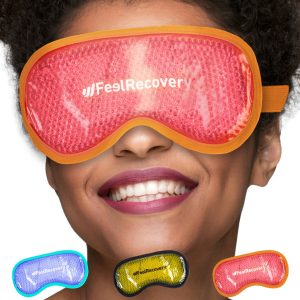
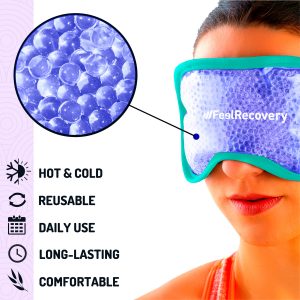
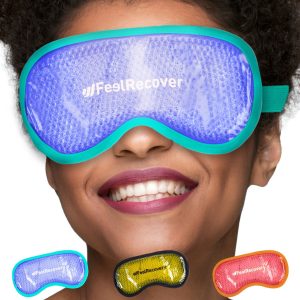





















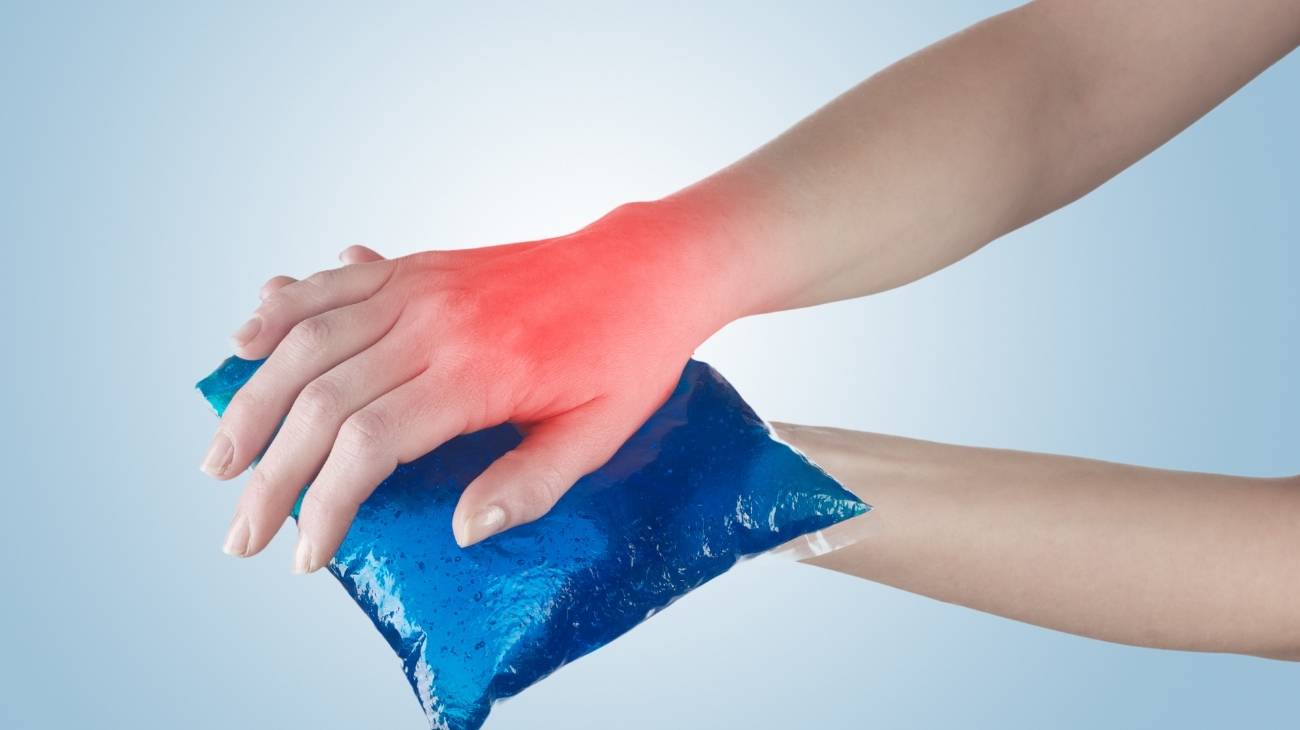

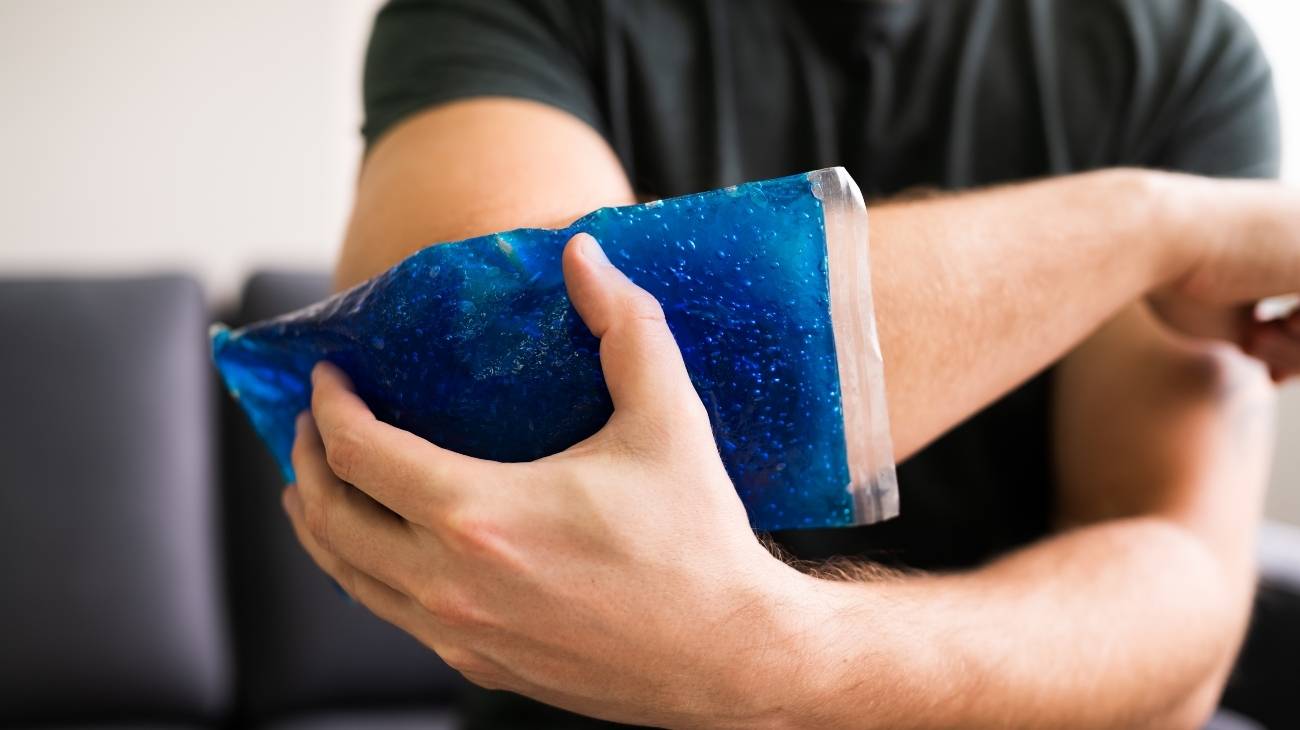

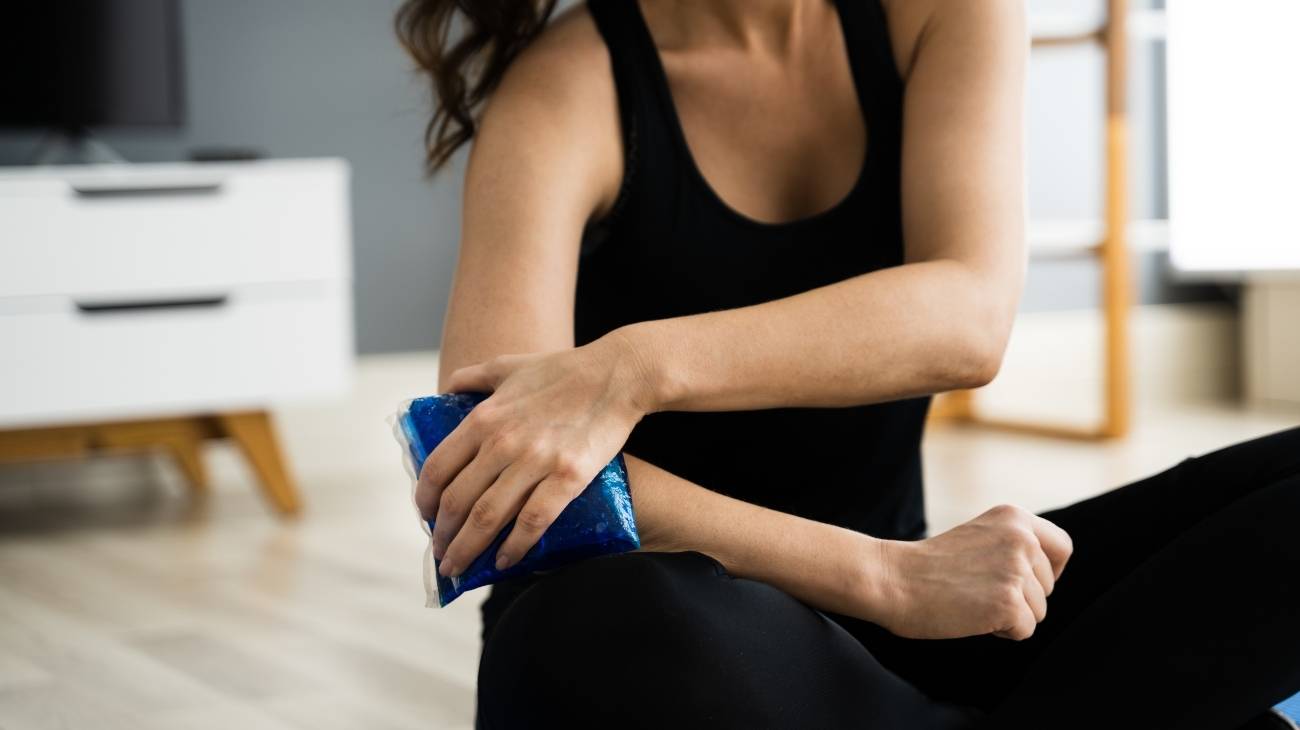
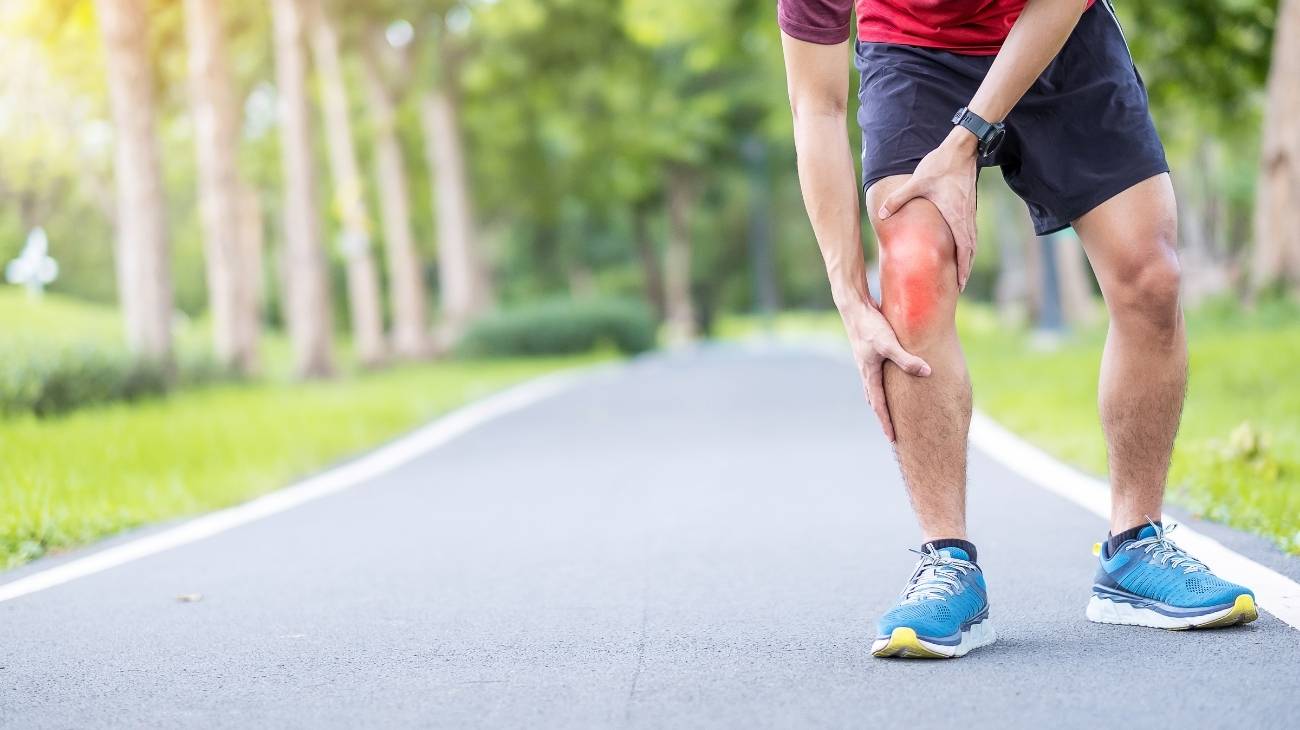


Teresa –
Loose/stretchy material – Did not like that the material feels old and stretched out. The seems are good and the straps help but you definitely don’t get the cool feeling you expect. When I first opened the package I thought I got someone’s stretched out return. This one is not for me.
Lourdes –
Good – They are ok
Christian –
heaven sent – After working 12 hour shifts on concrete my feet can be very painful and these are able to bring down the pain and soreness without being overly cold on my feet.
Deepak –
Effective Ice Pack for Elbow Relief – This ice pack has been a lifesaver for my golfers elbow pain. The design contours perfectly to the shape of my elbow, providing targeted cold therapy that eases discomfort. The adjustable strap ensures a secure fit. The only reason I'm not giving it 5 stars is because the strap could be a bit more comfortable during extended use. Nevertheless, it's a reliable solution for soothing pain and promoting recovery. 🩹❄️👍
Dennis G. Darveau –
Easy ton use – I was surprised at how easy this product was to use and how well it molded to my ankle. The ice pack is ready to reuse in a short amount of time. I was icing my ankle as many as 3 times a day and had no problems.
Hil F –
Excellent for upper arm – This easily wraps around your upper arm. Gel Pack is light enough so you can do this with one hand. Unfold the end of the strap to expose the Velcro teeth so when you wrap it around your arm it works. I almost sent it back because I didn’t realize the end was folded. I broke my arm so I only had one hand and this saved the day.
Evageline –
That it fits good – I was not expecting it to fit the way how it fit just super easy to use when it's really handy.